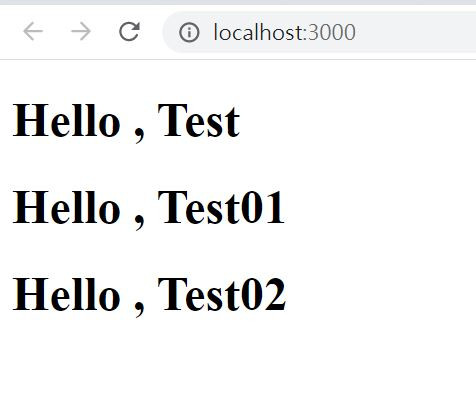三種React Componemt元件,通通都可以使用,但有一些微妙的不同
以下這三個元件的功能是相類似的。
以class 建立的元件
1.需要繼承React.Component
2.需要實作方法render(){return ......}
3.具有state與生命周期
4.使用props需再多加this.
class Test extends React.Component {
render() {
return <h1>Hello , {this.props.name}</h1>;
}
}
以 JavaScript 函數定義元件
1.無生命周期。
function Test01(props) {
return <h1>Hello , {props.name}</h1>;
}
Pure Componemt箭頭函數
不需生命周期,不用state,不需處理資料或元件內部的狀態,官方建議此種做法。
const Test02 =(props)=>(
<h1>Hello , {props.name}</h1>
//不需要return
)
完整代碼
index.html
<!DOCTYPE html>
<html lang="en">
<head>
</head>
<body>
<div id="root"></div>
</body>
</html>
index.js
import React from 'react';
import ReactDOM from 'react-dom';
import {Test,Test01,Test02} from './test';//test.js中有多個元件,所以用大括號。
ReactDOM.render(
<div>
<Test name='Test'/>
<Test01 name='Test01'/>
<Test02 name='Test02'/>
</div>
,document.getElementById('root')
);
test.js
import React from "react";
class Test extends React.Component {
render() {
return <h1>Hello , {this.props.name}</h1>;
}
}
function Test01(props) {
return <h1>Hello , {props.name}</h1>;
}
const Test02 =(props)=>(
<h1>Hello , {props.name}</h1>
)
export {Test,Test01,Test02};//一個js檔輸出多個元件就用export {a,b,c}
結果畫面:
